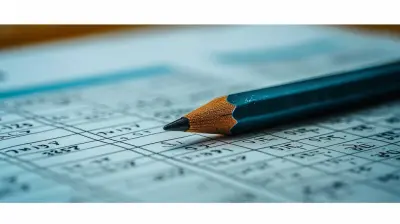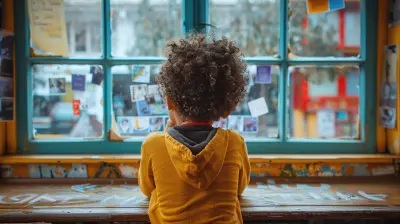The Role of Visual Journals in Personal and Artistic Growth
3 October 2025
Have you ever felt stuck creatively or wished you had a way to track your thoughts and ideas in a more expressive way than words alone can offer? That’s where visual journals come in—they're like your brain on paper, but with a splash of color, a dash of doodles, and loads of personality.
Visual journaling isn’t just for artists or students; it's for anyone looking to grow personally or creatively. Whether you're struggling to spark new ideas or trying to better understand your emotions, this hybrid between art and diary can open new doors.
In this guide, we’ll walk through what visual journals are, why they matter, and how they can fuel both personal development and artistic growth. Don’t worry if you think you’re not “artistic” enough—this is all about self-expression, not perfection.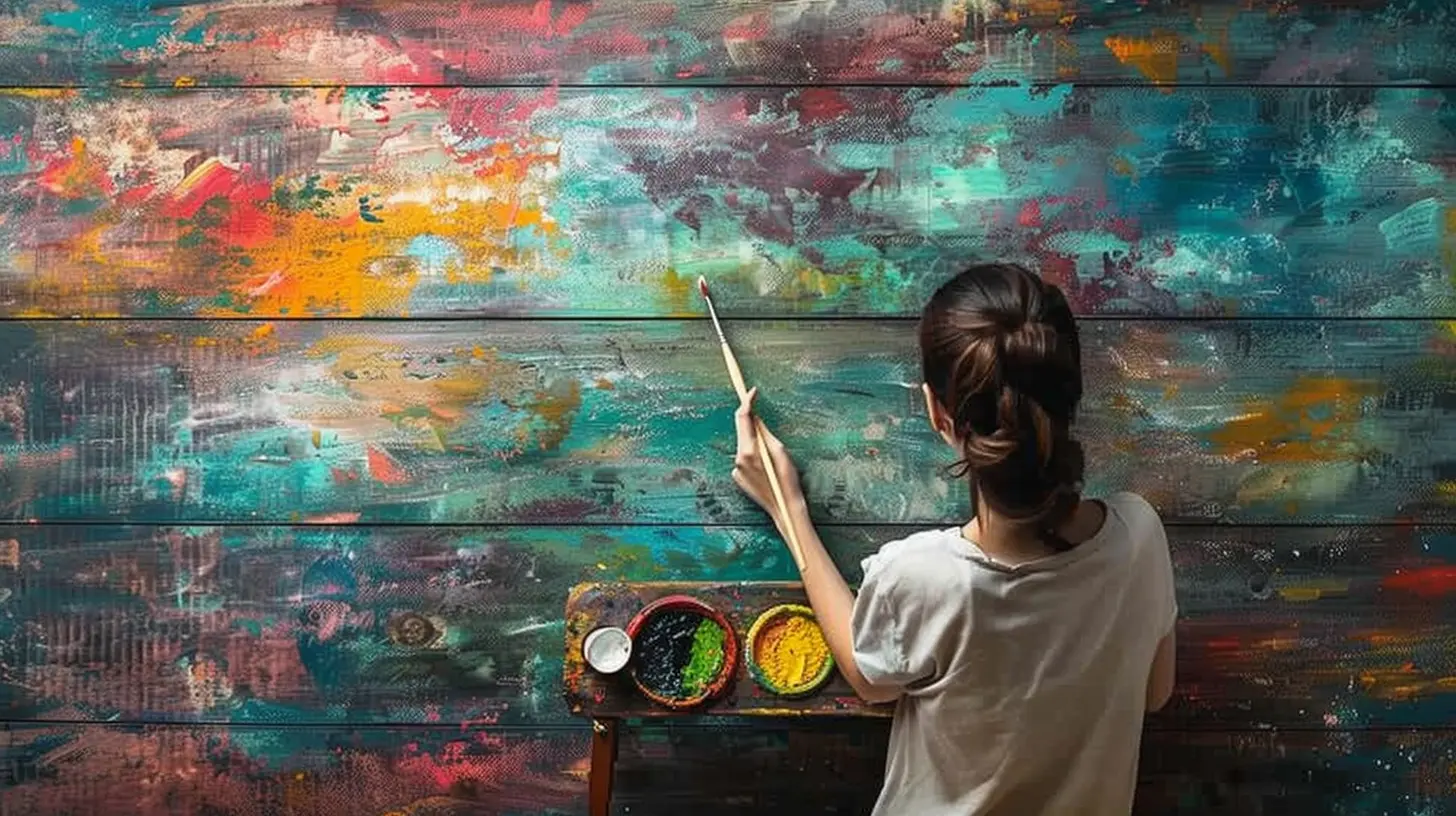
What is a Visual Journal, Anyway?
A visual journal is basically a sketchbook meets a diary. It’s a place where you can combine drawings, paintings, scribbles, notes, photos, collages, and anything else that helps you capture a moment, an idea, or a feeling.Think of it as your creative playground. There are no rules here. Some people use it to experiment with art techniques, others to reflect on their daily lives. It's deeply personal, often messy, and always unique to the person creating it.
Key Elements of a Visual Journal:
- Images – hand-drawn, painted, or printed- Text – quotes, reflections, lyrics, or random thoughts
- Textures – using different materials like paper scraps, fabric, or even dried flowers
- Layouts – creative arrangements that tell a story without needing words
Sounds interesting, right? Let’s dig deeper into how this simple activity can become a powerful tool for growth.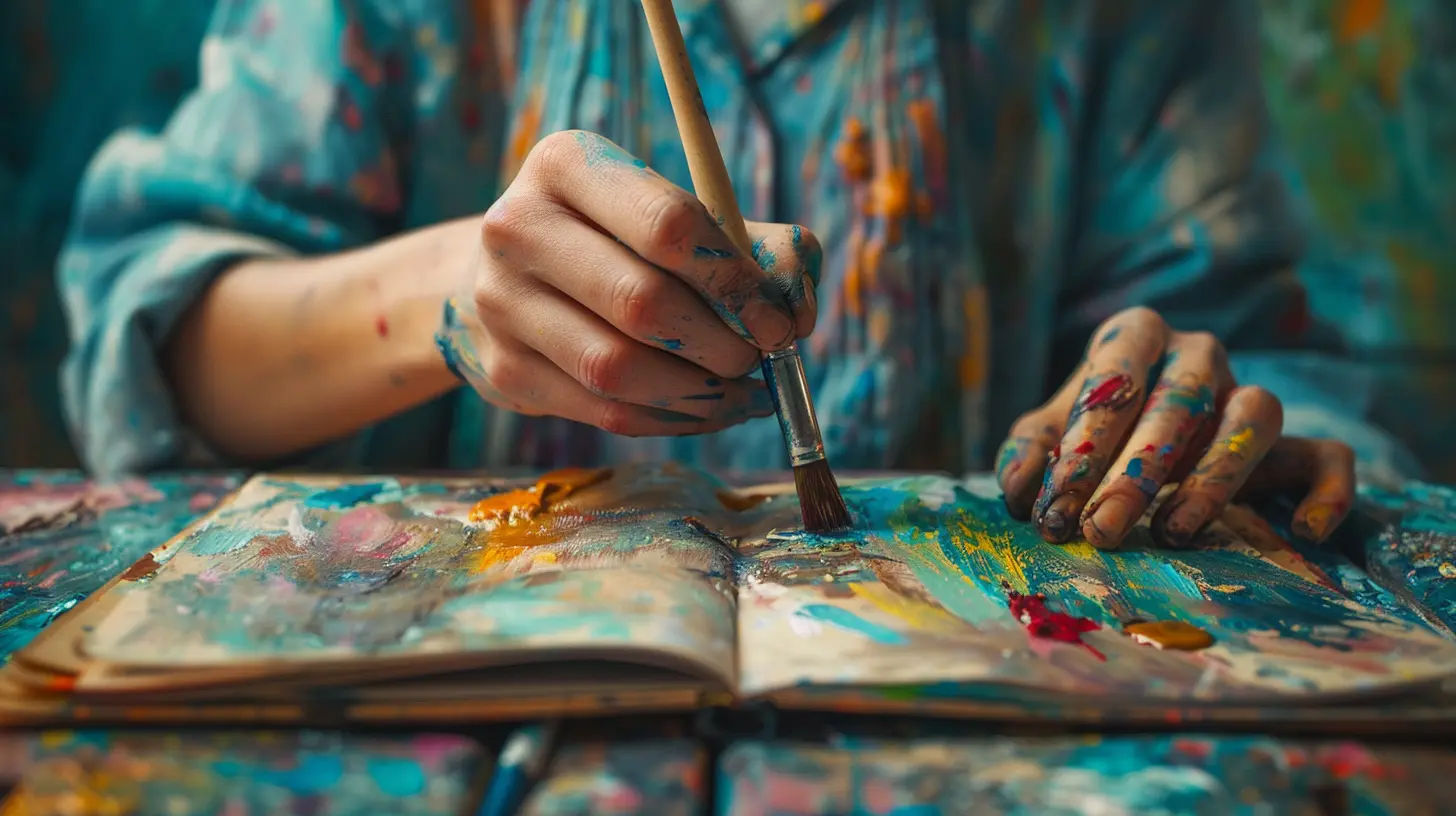
The Personal Growth Benefits of Visual Journaling
Okay, so how exactly does doodling and scribbling in a notebook help you grow as a person? It might seem a little abstract, but the benefits are pretty profound.1. Helps You Understand Your Emotions
When words fail, visuals often step in. Art gives you the freedom to express complex emotions that are hard to articulate. By combining words and images, you can process your feelings more holistically.You might find yourself drawing storms during stressful times or bright skies when you’re feeling hopeful. And later, when you flip through those pages, you’ll see your emotional journey unfold in a way that makes sense to you.
2. Acts as a Safe Space
Your visual journal is yours alone. No one needs to see it unless you choose to share. That sense of privacy gives you the freedom to be brutally honest with yourself. There’s no right or wrong here—just truth in color and form.It’s like a judgment-free best friend who listens without interrupting.
3. Boosts Your Self-Awareness
Looking back at old pages can be incredibly revealing. You’ll start noticing patterns in your mood, thoughts, behaviors, and even in your creative choices.Ever had a moment where you looked at something you made months ago and thought, “Wow, I see things differently now”? That’s self-awareness in action.
4. Encourages Mindfulness
Journaling visually naturally slows you down. You're not just jotting down quick notes—you’re engaging with materials, playing with shapes, picking colors. That kind of attention helps anchor you in the current moment.Even five to ten minutes of visual journaling a day can become a powerful mindfulness practice.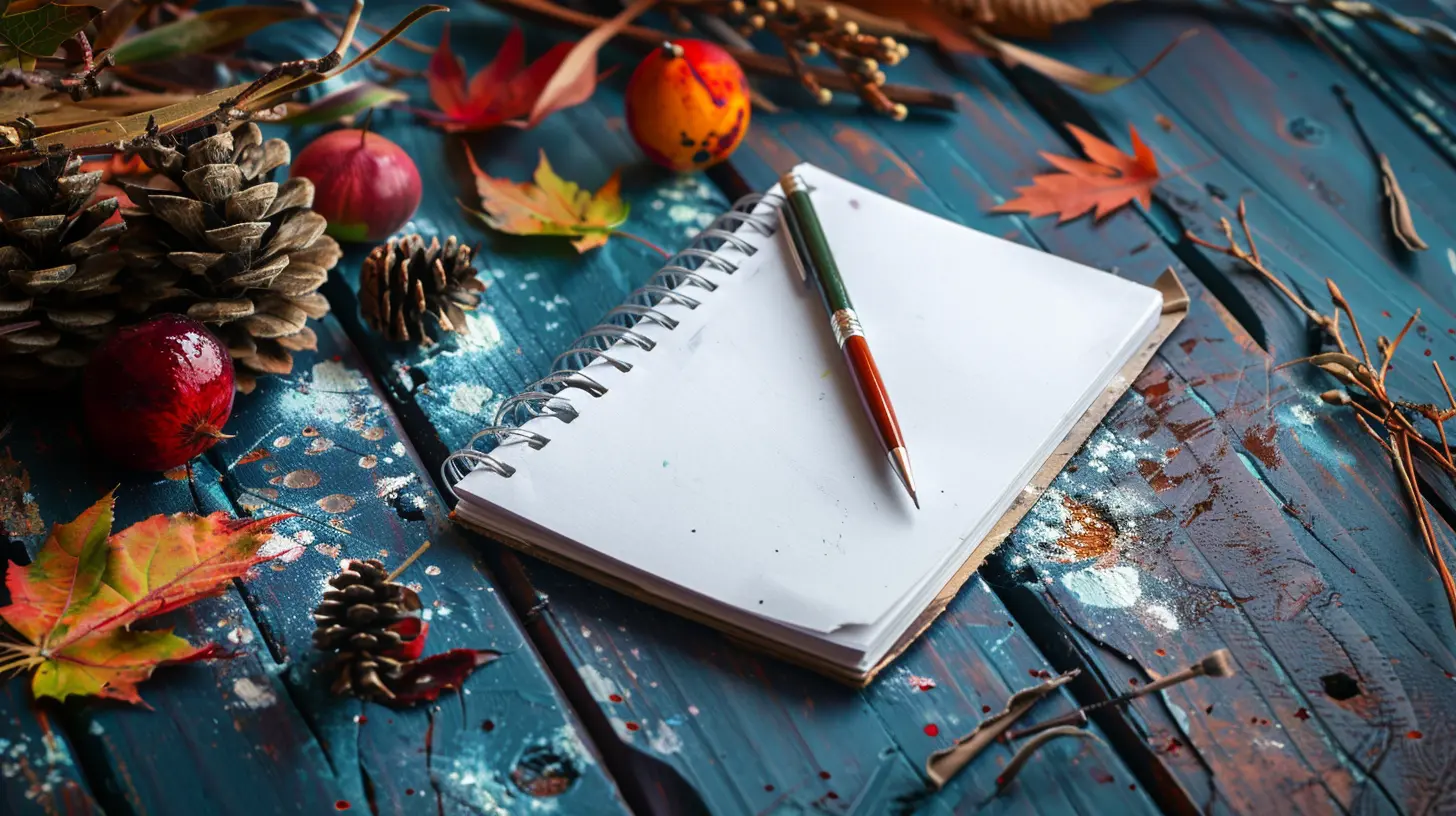
How Visual Journals Spark Artistic Growth
Let’s switch gears and talk about how visual journaling can seriously up your creative game.1. A Playground for Experimentation
A visual journal is probably the least intimidating place to try new artistic techniques. Want to test out watercolor blending or collage layering? Go for it. It’s your creative lab.The best part? There’s no pressure. It’s your space to make mistakes, learn, and grow.
2. Keeps Ideas Flowing
Ever experienced “artist’s block”? Keeping a regular visual journal helps you stay in the habit of creating. Even on days you don’t feel particularly inspired, adding a small sketch or a color swatch keeps that creative muscle engaged.Before you know it, one tiny scribble turns into a full-blown project idea.
3. Develops Your Unique Style
As you keep journaling, your preferences will become clear. You’ll notice the colors, shapes, and materials you’re drawn to. Over time, this translates into developing your own unique artistic voice.It’s like handwriting—everyone’s is different, and it evolves naturally the more you use it.
4. Builds Discipline (Without Feeling Like a Chore)
Let’s be honest—practice can feel boring. But when you’re creating just for yourself in a visual journal, it doesn’t feel like tedious practice. It’s fun, relaxing, and often addictive.And guess what? That regular, low-pressure practice massively improves your skills over time.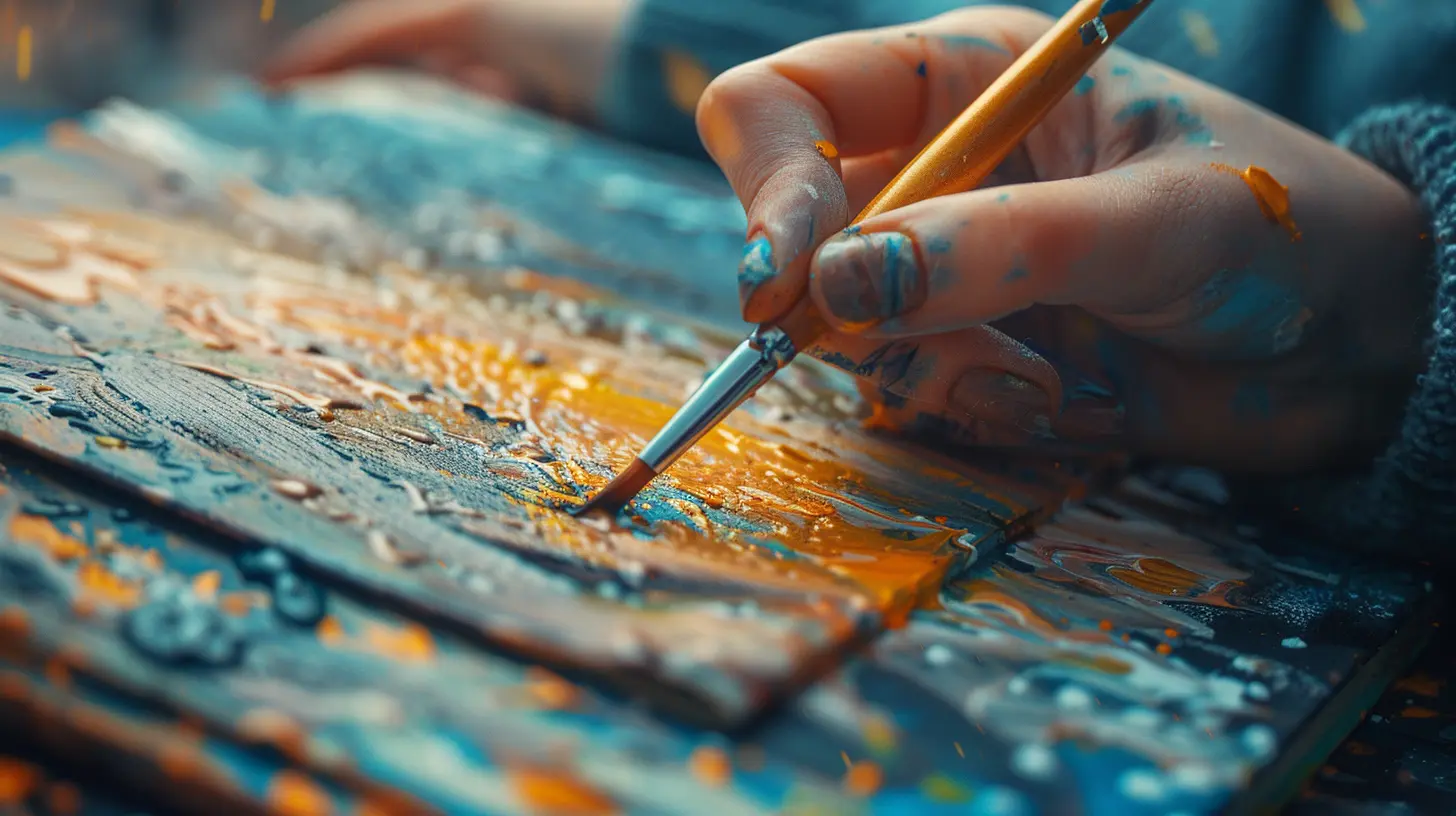
Getting Started with Your Own Visual Journal
Feeling inspired? Ready to dive into the visual journaling world? Here’s a basic roadmap to help you get started.1. Pick Your Tools
You don’t need fancy supplies. Start with what you already have.- A sketchbook or journal with blank pages
- Pens, pencils, or markers
- Watercolors or paints (optional)
- Scissors and glue for collage
Don’t get hung up on materials—what matters is what you do with them.
2. Create a Routine
Set aside a small chunk of time each day (or week) to add something to your journal. It doesn’t have to be perfect or profound. Just show up and create.3. Use Prompts for Inspiration
Staring at a blank page can be intimidating. Try using prompts like:- Draw your mood
- A memory you treasure
- A place you want to visit
- Words that inspire you
Prompts help get the creative juices flowing and keep things interesting.
4. Let It Evolve Over Time
Your journal will change as you do. Some weeks might be filled with color and joy; others may be dark and messy. Embrace all of it. It’s part of your story.Remember—it’s not about making something pretty. It’s about making something honest.
Real-Life Success Stories
Still need convincing? Let’s talk about a few real people who’ve used visual journaling to transform their lives.Sarah, a High School Student
Sarah started using a visual journal as part of her art class. Over time, it became a place where she could express the anxiety she didn’t feel comfortable talking about. She says journaling helped her not only improve her art but also feel more in control of her emotions.Jake, a Freelance Designer
Jake used to struggle with burnout. He began visual journaling for just ten minutes a day, creating without any purpose—just freedom. A year later, he saw a noticeable improvement in his creativity and credits his journal with helping him land more exciting client work.Maya, a Stay-at-Home Mom
Maya had put her art aside for years. Through visual journaling, she rediscovered her passion and even started selling prints of her journal pages online. She calls her journal her “daily therapy session in paper form.”Tips to Keep the Practice Going
Staying consistent with visual journaling can be tricky, especially with a busy schedule. Here are some ways to stay on track:- Keep it handy: Leave your journal in a spot you see daily.
- Set small goals: Even 5 minutes a day counts.
- Join a community: Follow journaling accounts on Instagram or join a Facebook group.
- Be gentle with yourself: You’re not aiming for perfection—just progress.
Wrapping It Up
Visual journaling isn’t about being a great artist or writing the perfect quote—it’s about showing up for yourself. It’s a tool, a companion, and sometimes, a lifeline. Through colors, textures, and a bit of creative chaos, you get to document your world in a way that’s beautifully and uniquely yours.So, grab that empty notebook, a handful of supplies, and let your inner world spill onto the page. Who knows? You just might find clarity, confidence, and a little magic in the process.
all images in this post were generated using AI tools
Category:
Art EducationAuthor:

Olivia Chapman
Discussion
rate this article
1 comments
Sylvia Kim
Visual journals serve as powerful tools for self-reflection and creativity, allowing individuals to explore their thoughts and emotions visually. Embracing this practice nurtures personal insight and artistic development, fostering a deeper connection with oneself and the world.
October 9, 2025 at 3:27 AM

Olivia Chapman
Thank you for highlighting the transformative power of visual journals! They truly enhance self-reflection and creativity, enriching both personal insight and artistic expression.
